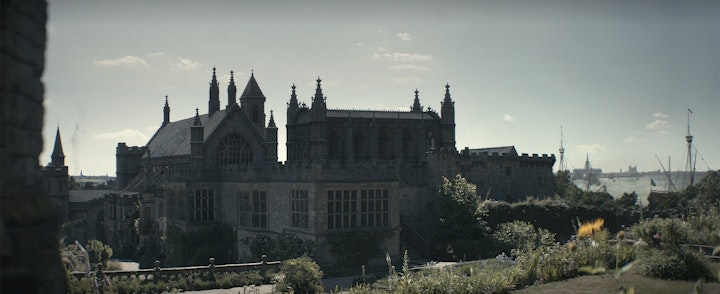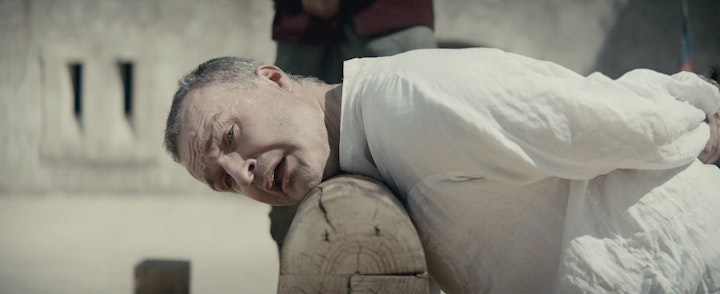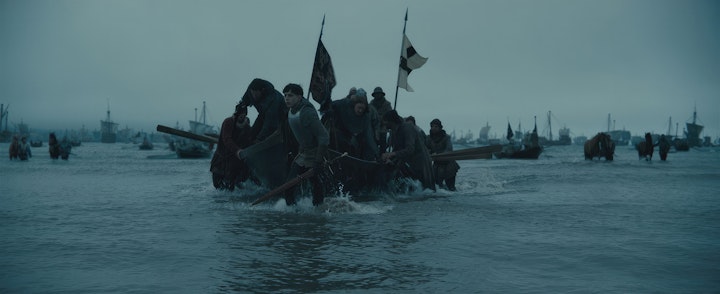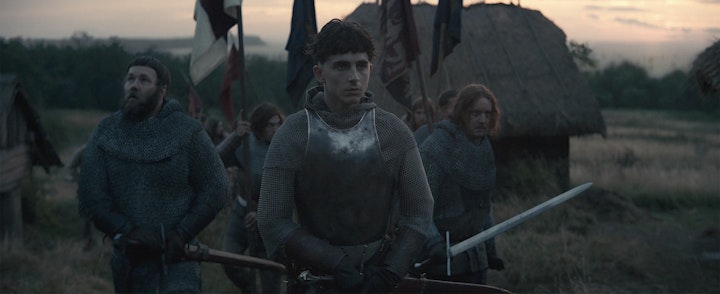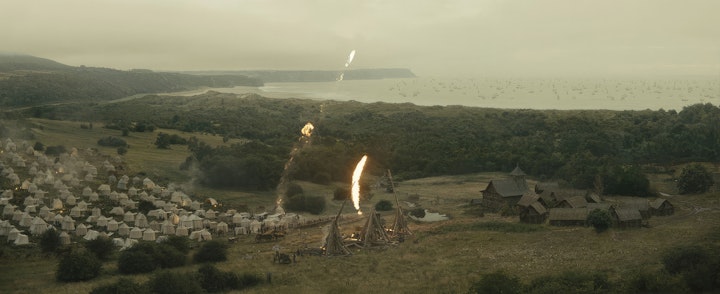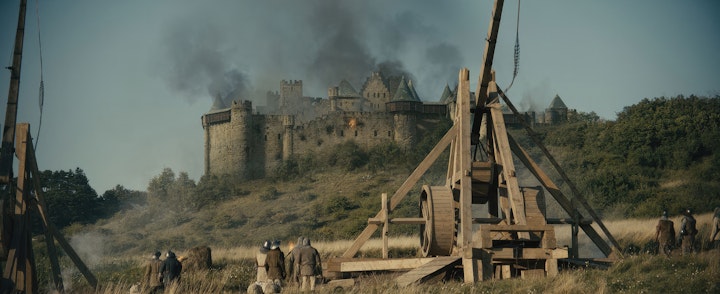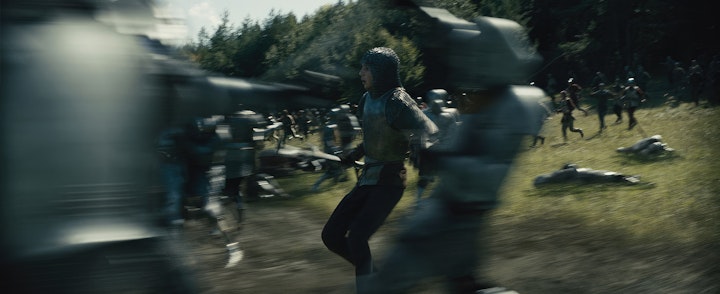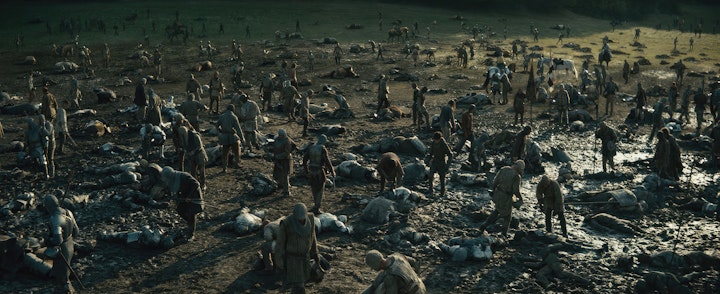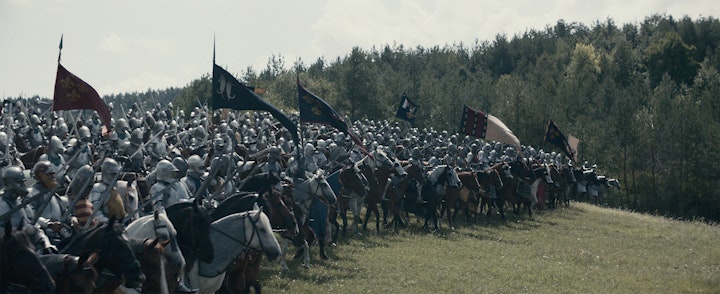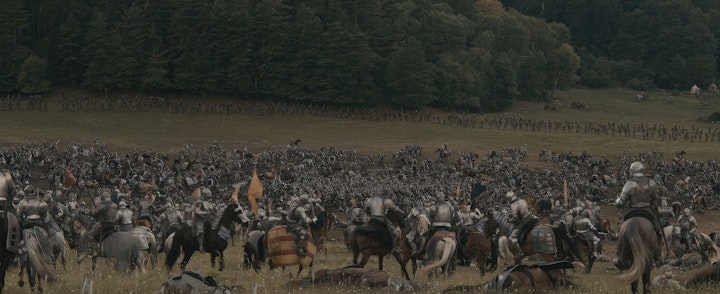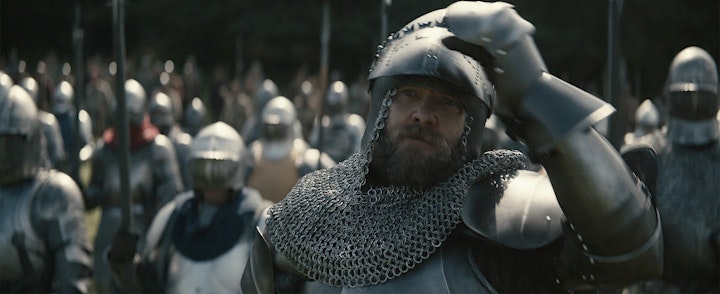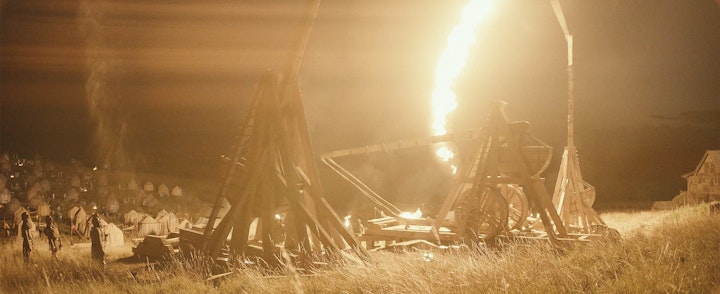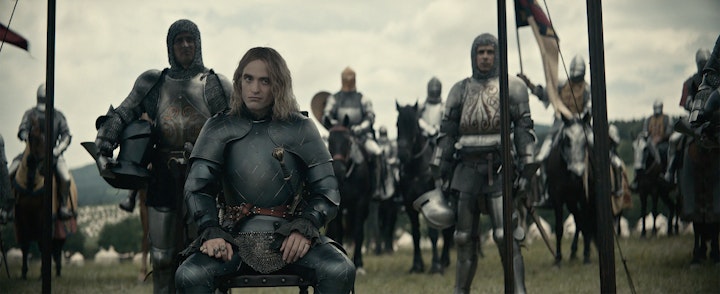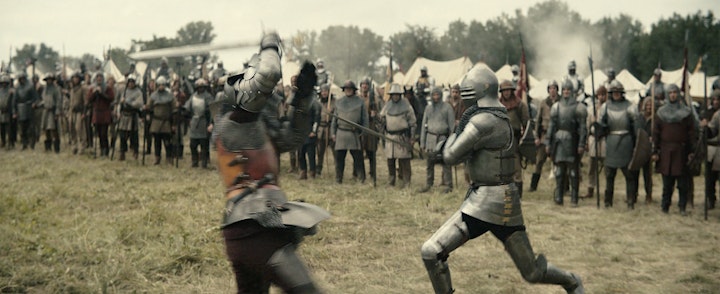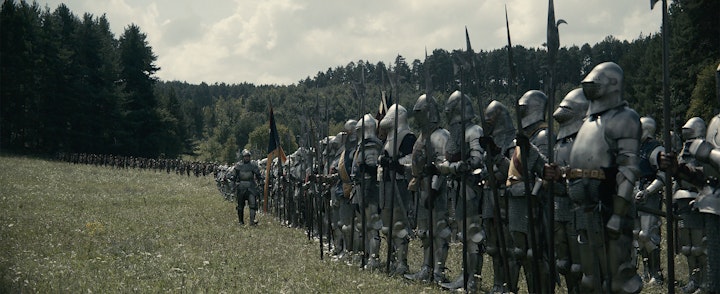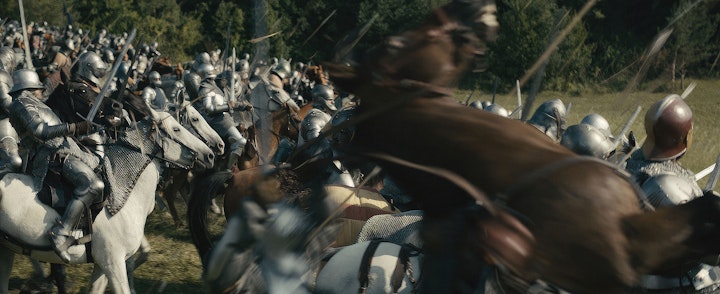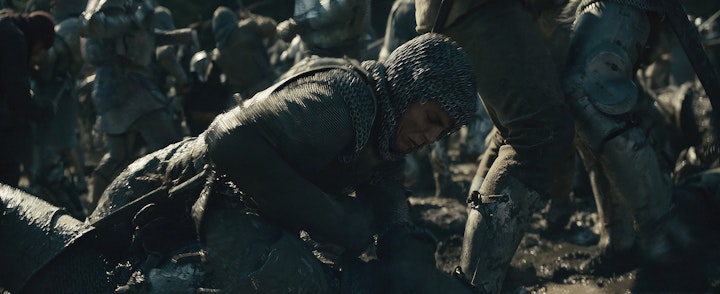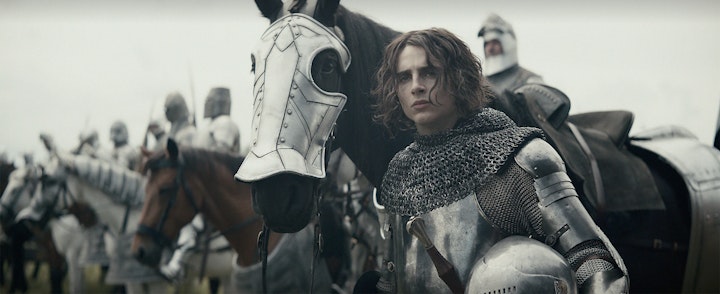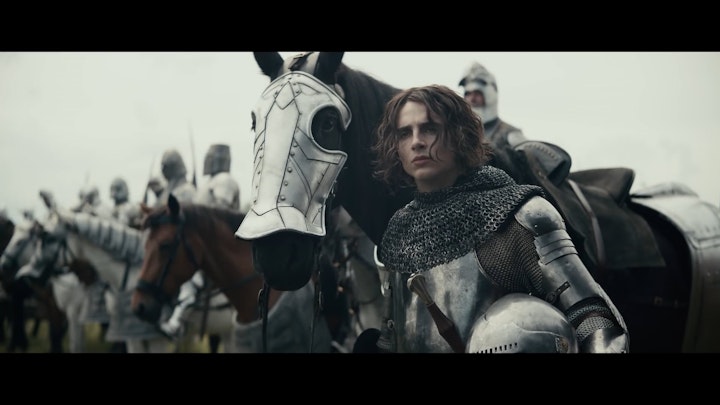The King
In the tumultuous kingdom of England, young Prince Henry, known to all as "Hal," stands as a stark contrast to his regal lineage. The eldest son of King Henry IV, Hal's heart seems far removed from the throne; his days are lost in the rowdy taverns of Eastcheap, drowning in joy and vice with the roguish John Falstaff. His father, troubled by his heir's waywardness, decides the crown will pass to Hal's younger brother, Thomas.
When Hotspur's fiery rebellion threatens the realm, Thomas eagerly leads the charge to quell it. Yet, it is Hal who emerges from his debauched cocoon, confronting Hotspur in a fierce duel that ends with Hotspur's death and the rebellion's swift conclusion. Thomas, seething with envy, accuses Hal of stealing his moment of glory—a bitter seed sown in their brotherly bond. Tragically, Thomas dies on a Welsh battlefield, leaving Hal to confront his destiny.
Upon King Henry IV's deathbed, Hal is anointed King Henry V, choosing a path of peace and reconciliation, a stark turn from his father's war-torn reign. His approach, however, is misconstrued as weakness by his adversaries. The Dauphin of France, mocking the new King's youth, sends a ball as a coronation gift—an insult veiled as a jest. Yet, ever the deft strategist, Hal spins the gift as a fond nod to his boyhood. His sister, Queen Philippa of Denmark, warns him of the duplicitous nature of court nobles, a foreboding caution for the new King.
Hal's rule faces its first trial when a captured assassin confesses to being dispatched by the French King Charles VI. The seeds of distrust are sown among the English nobility, with Cambridge and Grey, swayed by French allure, contemplating betrayal. They confide in Chief Justice William Gascoigne, who counsels Hal that a display of might is essential to solidify his reign. Thus, Hal declares war on France and executes the treacherous nobles, turning to the only man he trusts, Falstaff, for military counsel.
The English forces, led by Falstaff's unorthodox strategies, embarked on French soil. The Siege of Harfleur is just the beginning. As they advance, the Dauphin's taunts are relentless. Yet, Falstaff's cunning ploy at the Battle of Agincourt turned the tides—a false advance leading the French into a muddy grave while English longbowmen and a hidden flank wreaked havoc.
In the thick of battle, Falstaff falls, a hero's death. Now a king in more than just title, Hal challenges the Dauphin, only to witness his foe humiliated in the mire. The battle ends with a ruthless command from Hal; one Falstaff had previously defied: the execution of all French prisoners. In the aftermath, King Charles VI surrenders, offering Hal his daughter Catherine of Valois in marriage. In England, Catherine boldly questions the war's morality, hinting at deceit within Hal's court. Troubled by doubt, Hal confronts Gascoigne, unearthing a shocking truth: the Chief Justice had orchestrated the French provocations. In a chilling act, Hal ends Gascoigne's life, a king's justice delivered swiftly.
As Hal turns to his new queen, he seeks one vow above all—honesty, the virtue that remains his accurate compass in a realm of shadows and intrigue.
In the early stages of post-production, I joined the films production team to manage the complex visual effects (VFX) process. With over 600 shots, including a five-minute oner, and four VFX teams across three countries, our goal was to achieve realism, primarily using element plates and minimising computer-generated (CG) imagery.
One of the challenges was integrating soldier element plates with the primary footage; however, due to lighting and lens discrepancies, particularly noticeable in knights' reflective armour, the element plates were good for reference but not for shot creation. To overcome this, DNEG, the leading VFX company, enhanced background CG assets for closer shots, allowing consistent lighting and a higher-quality finish across numerous scenes.
Initially wary of CGI, David grew impressed with its potential, leading to increased use of CG assets, including soldiers and horses in prominent shots. The armada sequence was filmed at sea, capturing natural lighting and camera motion. The production filmed a medieval cog as a reference for scale and movement, also serving as a hero boat in some shots. Extensive research into Henry's fleet influenced DNEG's design of deep-hulled ships, adding authenticity and variety to the scene.
DNEG crafted five hero ships for close-up shots and numerous background vessels to convey scale. Advanced rigging, sail simulations, and ocean interactions were meticulously created for realism.
The catapults in the film were practical builds, providing a physical reference for creating fireballs and lighting effects. Based on Carcassonne, the castle was digitally built and shown in various stages of damage, with attention to detail and realism.
The environments, shot in Hungary and England, were transformed to represent 15th-century France and London. A standout shot was the arrival of the English army at Harfleur, combining extensive digital matte painting, CG assets, and special effects to create a convincing and engaging visual.
This project was a testament to the power of blending practical and digital techniques to bring historical scenes to life with authenticity and visual impact. David was a joy to work with, and hopefully, I'll get to collaborate with him again in the future.
Directed by - David Michôd
My Role - Production VFX Supervisor during post-production.
Screenplay by David Michôd, Joel Edgerton, Produced by - Joel Edgerton, Dede Gardner, Brad Pitt, Liz Watts, Cinematography - Adam Arkapaw, Production Design - Fiona Crombie, Edited - Peter Sciberras, Music - Nicolas Britell, Production Companies - Plan B Entertainment, Blue-Tongue Films, Porchlight Films.
Production VFX Supervisor during filming - Andrew Jackson, Production VFX Producer - Lisa Kelly, Vendors - DNEG: VFX Supervisor - Oliver Atherton, Future Associates - Lindsay Adams, Cumulus FX - Will Gammon, FuryFX - Graham Olsen.
©2019 Netflix

